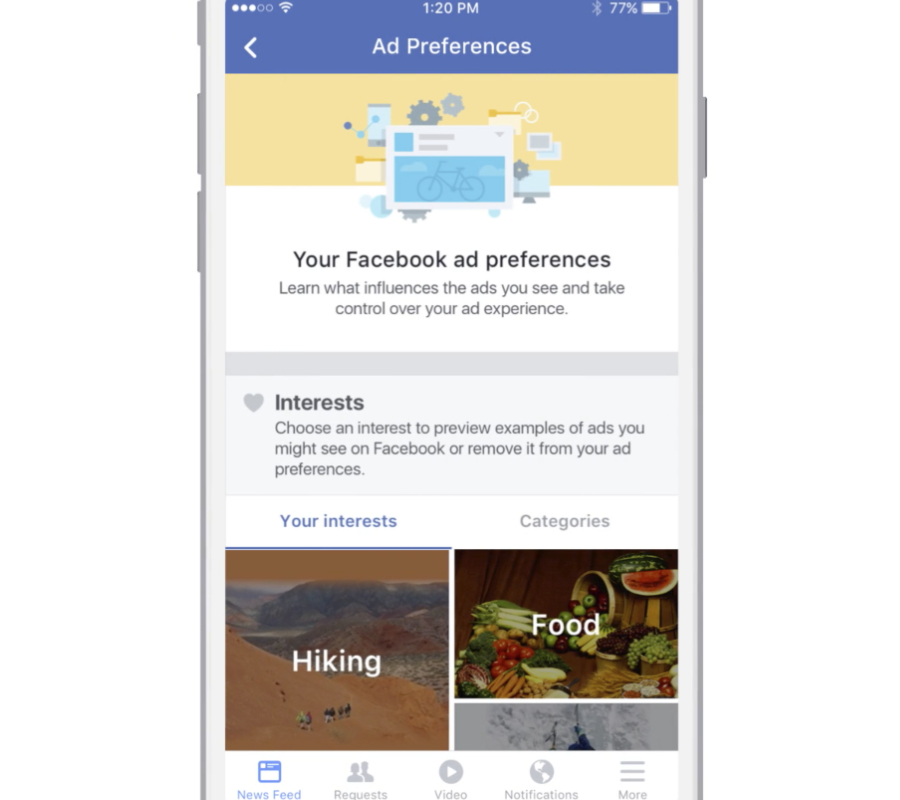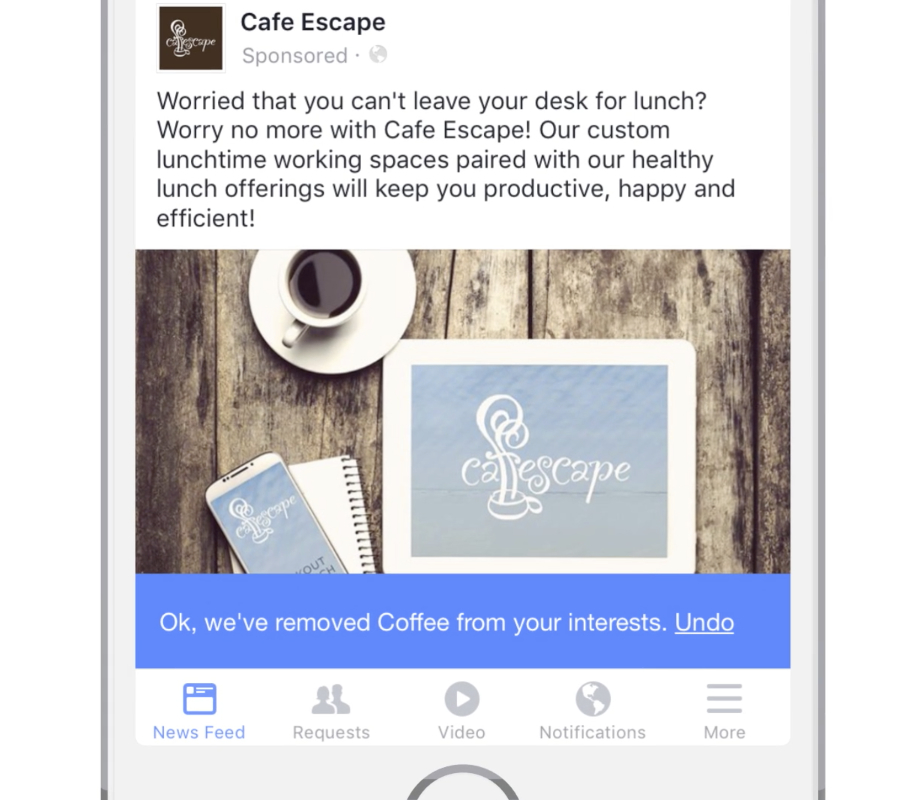Facebook has changed its ad blocking policies, according to a press release issued on Tuesday. The platform is now providing more control over advertising display. “Ad preferences” would improve user experience towards advertising.
The update comes as an attempt to avoid ad blocking software, among more than one billion daily active users. Facebook consumers have uttered about the display of ads on their feeds. Some users have said that ads obscure digital contents. Others have alleged that ads are irrelevant, while some claim that online advertising disrupts their experience. The social network has announced this new strategy at the same time that ad-blocking software becomes popular in Asia.

Facebook has introduced new tools and features to allow consumers control their advertising experience. They can now decide which types of ads they prefer. By contrast, Facebook will bypass ad blockers.
“When we asked people about why they used ad blocking software, the primary reason we heard was to stop annoying, disruptive ads. As we offer people more powerful controls, we’ll also begin showing ads on the Facebook desktop for people who currently use ad blocking software,” wrote Facebook in a statement.
Ad preferences
Ad preferences are now easier to configure. Facebook will display ads, even if people use ad blockers. The update offers the possibility of not watching certain types of ads. If users have preferences over certain ad categories, they have to manually activate or deactivate them.

With the ad preferences update, Facebook seeks to attract those who have stated their disagreement about watching ads from organizations or businesses that have already added them to their consumers’ lists. The “ad preferences” feature will inform the platform about the type of ads that consumers are watching.
Data about ad preferences control would serve to determine which kind of ads people consider practical or interesting. Facebook has also announced the development of ad formats, ad performance, and controls, to better understand why consumers are using ad-blocking technology.
Source: Facebook Newsroom
